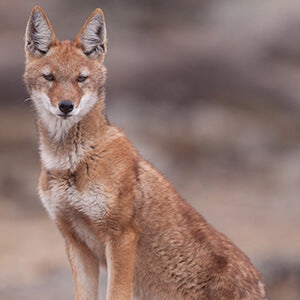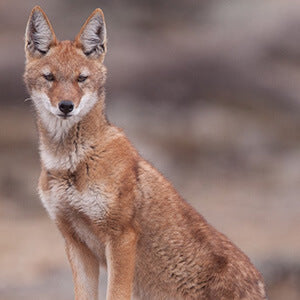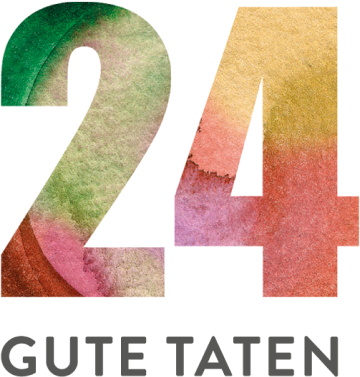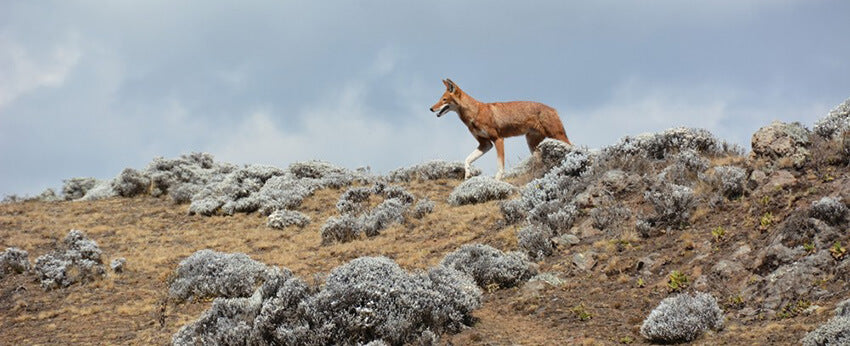
How a vaccination campaign will save the last Ethiopian wolves

need
Vaccination against rabies and canine distemper for dogs and wolves to save the Ethiopian wolf from extinction.
activity
Project staff and local volunteers carry out vaccinations to contain the spread of the deadly diseases.
Measurable performance
Number of animals that were vaccinated through the donation.
Result
The spread of diseases dangerous to humans and animals is declining. The population of Ethiopian wolves is recovering and increasing.
Systemically relevant impact
The extinction of the last Ethiopian wolves must be prevented.
background


The good deed
cards statistics
Addis Ababa
Capital city
102 403 200
Population
795
Gross domestic product
per capita per year

174
Human Development Index
(Human Development Index)




